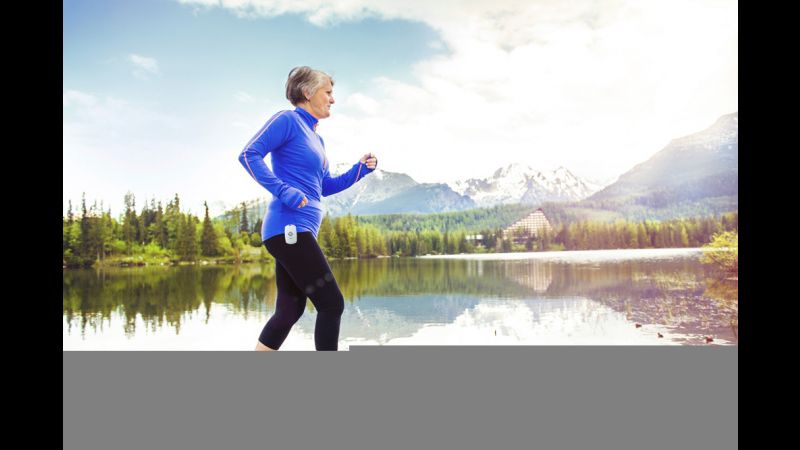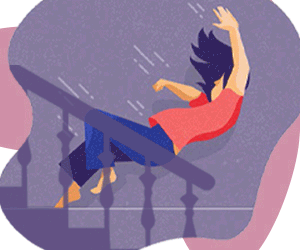Osteoporosis affects over 40 million people in the United States. It is a common condition associated with aging, in which the bones become weaker and more likely to break. While women are more likely to suffer from osteoporosis than men, men are not immune to osteoporosis.
According to the National Institutes of Health website, here are the risk factors involved with osteoporosis:
Factors You Can’t Control:
- Gender. Women get osteoporosis more often than men.
- Age. The older you are, the greater your risk of osteoporosis.
- Body size. Small, thin women are at greater risk.
- Ethnicity. White and Asian women are at highest risk. Black and Hispanic women have a lower risk.
- Family history. Osteoporosis tends to run in families. If a family member has osteoporosis or breaks a bone, there is a greater chance that you will too.
Factors You Can Control:
- Sex hormones. Low estrogen levels due to missing menstrual periods or to menopause can cause osteoporosis in women. Low testosterone levels can bring on osteoporosis in men.
- Anorexia nervosa. This eating disorder can lead to osteoporosis.
- Calcium and vitamin D intake. A diet low in calcium and vitamin D makes you more prone to bone loss.
- Medication use. Some medicines increase the risk of osteoporosis.
- Activity level. Lack of exercise or long-term bed rest can cause weak bones.
- Smoking. Cigarettes are bad for bones, and the heart, and lungs, too.
- Drinking alcohol. Too much alcohol can cause bone loss and broken bones.
Exercise is a great way to combat osteoporosis and to strengthen your bones. But not all types of exercise are suitable for sensitive bones.
Osteoporosis-Friendly Exercises Include:
Racquet Sports. Sports like tennis and pickleball strengthen wrists and, with their pivots and side moves, are great for hips and spine.
Power Walking (at 4.5 mph). Speed walking is an excellent way to start a healthy routine. It will increase your heart rate, improve your mood and because it is weight-bearing it can also help to combat osteoporosis.
Aerobic Dance. Zumba or step aerobics are great examples of dance classes that are osteoporosis-friendly.
Resistance Training. For your hips try lunges and squats. For your spine, one-arm and two-arm rowing moves with weights or resistance bands and/or straight-arm raises to the front or side
Exercises to Avoid:
Golf. If you have osteoporosis, the sudden twisting moves may place unusual force on the spine.
Extreme Sports. High-risk sports such as downhill skiing increase your chances of breaking bones. While it might be tough to give up these adrenaline pumping activities, it’s important to your long term health to be more conservative as you age.
Weight Machines. Ab-curl and back-extension machines put too much compression on vertebrae if you have osteoporosis.
Safety First!
Even though exercises like power walking and aerobic dancing are some of the best exercises for osteoporosis, it’s unfortunately still a possibility for you to experience a fall or accident while exercising. Luckily with a Mobile Guardian medical alert device, you can ensure your safety anywhere you go. So whether you’re exercising at the gym or in your neighborhood, our top-rated monitoring center will be able to pinpoint your location and send immediate help to you.

